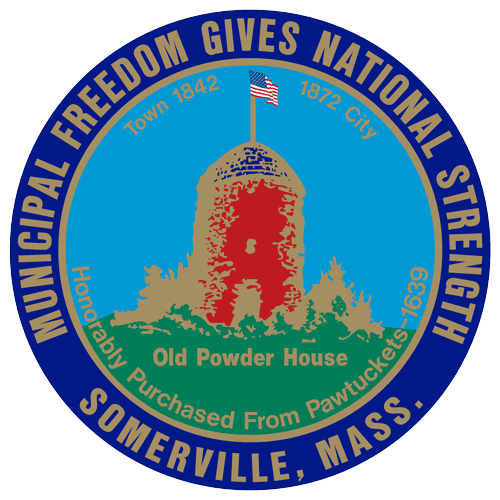From the rolling dunes of Cape Cod to the rocky North Shore, the beaches of Massachusetts offer unique opportunities for life to converge.
Learn how to read the landscape, search for wildlife, and understand the ecological relationships between species you may be familiar with. How do horseshoe crabs, least tern, ribbed mussels, and people interact on the coastline? Explore best practices when combing the beach in search of wildlife clues and leave with recommendations from Mass Audubon Teacher-Naturalists on the best places to explore.
Led by Douglas Lowry, the Adult Education Specialist for Mass Audubon's Southeast Region. He's also a Senior Field Instructor for the National Outdoor Leadership School.
About Mass Audubon
Mass Audubon is the largest nature-based conservation organization in New England. Founded in 1896 by two women who fought for the protection of birds, Mass Audubon carries on their legacy by focusing on the greatest challenges facing the environment today: the loss of biodiversity, inequitable access to nature, and climate change.
With the help of our 160,000 members and supporters, we protect wildlife, conserve and restore resilient land, advocate for impactful environmental policies, offer nationally recognized education programs for adults and children, and provide endless opportunities to experience the outdoors at our wildlife sanctuaries. Explore, find inspiration, and take action at massaudubon.org.
Questions? Contact Kerry: keodonnell@somervillema.gov
This program is funded by our Friends of the Somerville Public Library. Thanks, Friends!



